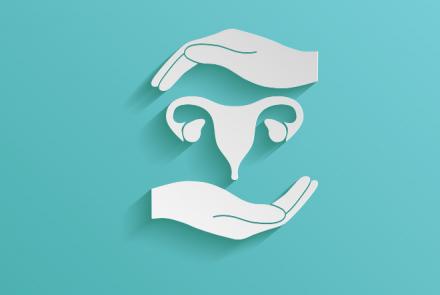Urinary tract infections (UTIs) can occur in any part of the urinary tract. Most UTIs are caused by bacteria. They can also be caused by fungi or viruses.
UTIs are the second most common type of infection in humans. The National Kidney & Urologic Diseases Information Clearinghouse (NKUDIC) reports that UTIs account for over eight million doctor visits annually.

Symptoms of UTI depend upon what part of the urinary tract is infected.
Lower UTIs are infections of the urethra and bladder. Their symptoms include:
- Burning with urination
- Increased frequency of urination with scant amounts of urine being passed
- Bloody urine (blood in urine)
- Cloudy urine (milky colored urine)
- Urine that looks like cola or tea (dark brown coloured urine)
- Strong odour to urine
- Pelvic pain (women - lower abdominal pain)
- Rectal pain (men - anal pain)
Upper UTIs are infections of the kidneys. These are potentially life threatening, if bacteria move from the infected kidney into the blood, this condition is called sepsis. Sepsis can cause dangerously low blood pressures, shock and death. Symptoms of upper UTI include:
- Pain and tenderness in the upper back and sides
- Chills
- Fever
- Nausea
- Vomiting
Women who are pregnant and have symptoms of UTI should see their doctor right away. UTIs during pregnancy can cause premature delivery and high blood pressure. UTIs during pregnancy are also more likely to spread to the kidneys.
Changed
11/Nov/2015
Condition













